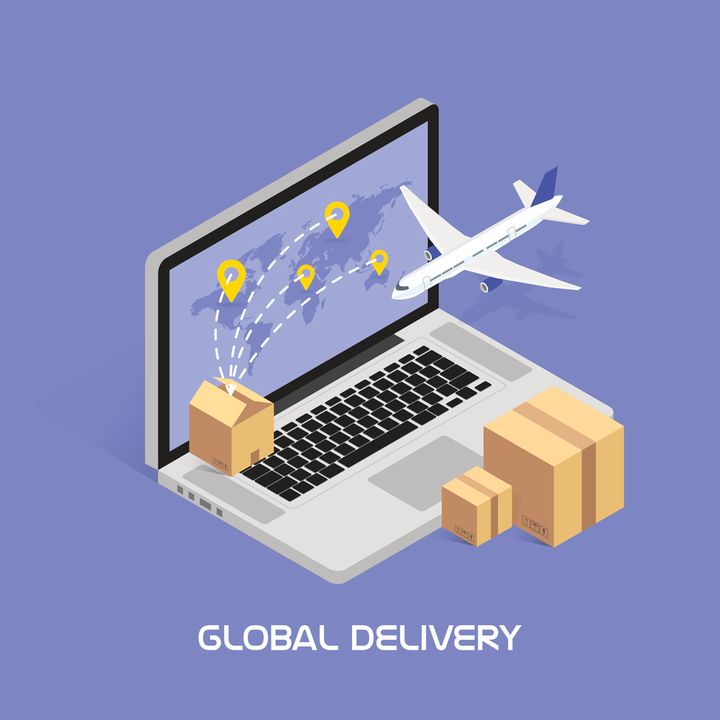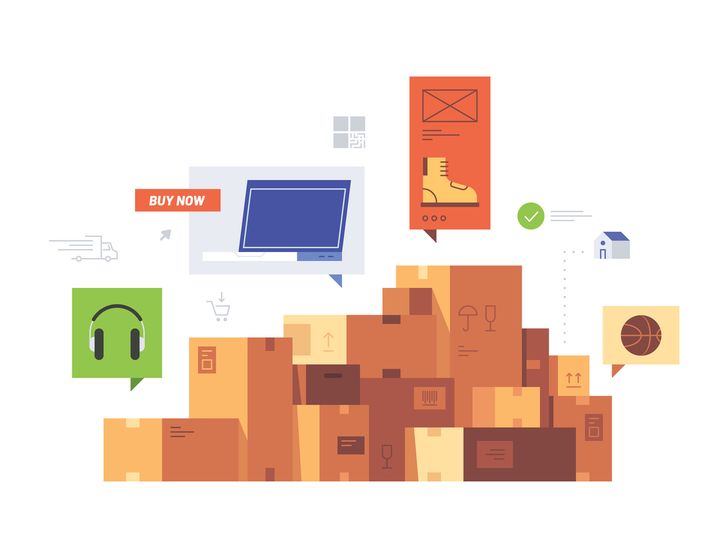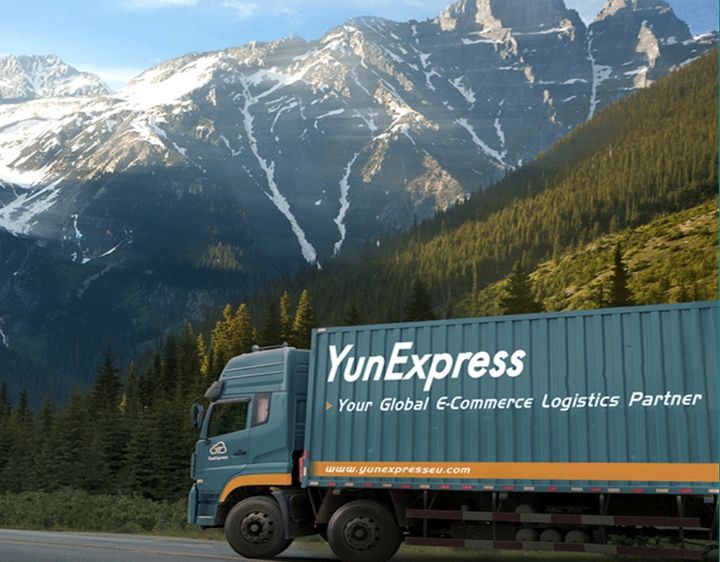Customs & Taxes on a Parcel Sent from China to You
This article will cover the customs requirements, potential types of taxes, and how to ensure your packages comply with regulations, making your cross-border shopping experience smoother and more secure.

When purchasing items from China and shipping them to your country, understanding customs regulations and tax policies is crucial. This knowledge helps you avoid unexpected costs and ensures your packages clear customs smoothly and arrive on time. This article will cover the customs requirements, potential types of taxes, and how to ensure your packages comply with regulations, making your cross-border shopping experience smoother and more secure.
1. Understanding Customs Clearance and Duties
What is Customs Clearance?
Customs clearance refers to the series of procedures and formalities that goods must undergo when passing through customs in international trade.
What is Duty?
Duty is a tax imposed by the government on imported and exported goods to regulate trade flow, protect domestic industries, and increase fiscal revenue. Duties include both export and import duties. For purchases from China, we are primarily concerned with import duties.

2. How Much Tax Do We Need to Pay?

The amount of tax you need to pay depends on several factors:
a. Value of the Goods: Duties are usually calculated based on the declared value of the goods. This value typically includes the purchase price plus shipping and insurance costs.
b. Type of Goods: Different types of goods may have different duty rates. The rate is determined based on the classification of the goods (HS code).
c. Destination Country’s Rates: Each country has its own customs rates and regulations, which vary based on the destination country's customs policies.
d. Origin: Some countries have free trade agreements with others, which can affect duty rates. Goods from these countries may benefit from reduced or zero duties.
e. Additional Taxes: Besides the basic duty, there may be additional taxes such as VAT (Value Added Tax) or sales tax. These are usually calculated on top of the customs duty.
3. How to Pay the Taxes?

Once you know the amount and rate of taxes, you can calculate the total amount due:
Determine the Tax AmountCustoms Notice:
Customs usually notify you of the taxes owed after the goods arrive in the destination country. This might be sent via mail, phone, or online platforms.
Tax Calculation:
Based on the information from customs, calculate the total tax including duties, VAT, or other related fees.
Prepare Required DocumentsInvoice:
Typically, an invoice or receipt is needed to prove the value of the goods.
Shipping Document:
Provide the shipping document from the courier or logistics company as supplementary documentation.
Other Documents:
Sometimes, additional documents like a certificate of origin or import license may be required.
Choose a Payment MethodOnline Payment:
Many countries' customs allow for tax payment through official websites or online payment platforms. Log in to the customs website and follow the instructions to make the payment.
Bank Transfer:
Some countries may require payment via bank transfer. Ensure you get the correct bank account information.
Courier Payment:
Some couriers may collect taxes on your behalf and include them in the shipping costs. You can choose this option, where the tax is usually added directly to your shipping fee.
Make the PaymentFollow Instructions:
Complete the payment according to the customs instructions. Ensure you use the correct payment method and amount.
Confirm Payment:
Keep payment receipts and confirmation documents for future reference.
Complete Customs ClearanceSubmit Documents:
Sometimes, you need to provide proof of payment and relevant documents to customs or the courier to complete the clearance process.
Receive the Package:
Once the tax is paid and customs procedures are completed, your package will be released and delivered.
Check and Resolve IssuesVerify Tax Amount:
Check the tax notice and package to ensure there are no errors.
Handle Disputes:
If you believe there is an error in the tax calculation or encounter other issues, contact customs or the courier company for resolution.
Common Tax Payment Methods:
Online Platforms:
Such as customs official websites or relevant payment platforms.
Courier Companies:
Like DHL, FedEx, etc., which may collect taxes during delivery.
Banks:
Through bank transfer or other financial services.
4. How to Avoid Import Taxes?

While not all items are subject to taxes, there are some smart strategies to reduce your tax liability. Luck might play a part, but these strategies can help minimize taxes:
Choose Transshipment Instead of Direct Shipping
Try using transshipment services rather than direct shipping from Taobao. Some Taobao sellers offer direct shipping options, usually with couriers like DHL or UPS, which will charge customs duties. Transshipment companies can help you avoid these costs.
Split Large Orders
If you purchase a large quantity of goods or heavy items, try splitting them into several smaller packages. This reduces the volume and weight of each package, minimizing customs scrutiny. By distributing your goods across multiple packages, you can also spread out potential tax liabilities.
Control Package Weight and Size
Aim to keep each package's weight within 30 pounds. Larger packages are more likely to attract customs attention. For example, if you buy two down jackets, the volume might make the package look suspicious, even if it’s within the weight limit. Keeping packages small and lightweight can reduce the risk of inspection.
Avoid Heavy Items
Heavy items not only increase shipping costs but are also more likely to be held for customs inspection, causing delays and additional costs. Opt for lighter products to improve shipping efficiency and reduce customs attention.
Mix Packaging
Try to include different types of items in the same package rather than grouping identical items together. Customs may pay closer attention to packages with large quantities of the same item. Mixing different items can lower the chances of inspection.These methods can help reduce taxes on imported goods, but remember, tax avoidance should be legal and compliant to avoid legal issues. Smart planning makes your shopping experience easier and more enjoyable!
5. Let BuckyDrop Handle It
Import taxes got you stressed? Don’t worry, BuckyDrop is here to help! We offer comprehensive logistics and transshipment services to assist you with customs issues and minimize tax risks.
Optimized Transshipment:
We provide flexible transshipment solutions to avoid customs duties from direct shipping. Choose BuckyDrop to handle your packaging and transshipment, reducing tax expenses.
Smart Splitting:
Large orders or heavy items? No problem! We’ll split bulk shipments into multiple smaller packages, reducing the size and weight of each package and lowering the chance of customs inspection.
Precise Control:
Control the weight and size of your packages to keep them within ideal ranges, reducing the risk of taxes.
Mixed Packaging:
Combine different types of items in a single package to avoid customs focusing on large quantities of the same item, making it easier for your package to pass through inspection.
Let BuckyDrop take care of all these hassles, ensuring a smoother and worry-free shopping experience. Choose us for stress-free shopping, easy tax avoidance, and peace of mind!
Visit BuckyDrop’s website now to learn more and start your seamless shopping journey!



